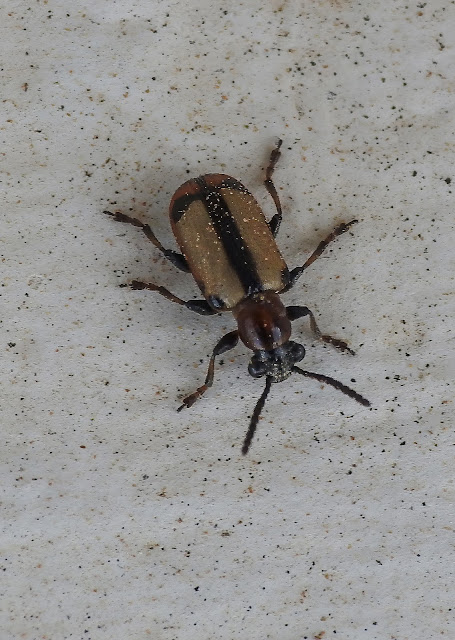The Black redstart (Phoenicurus ochruros) is a small passerine bird in the genus Phoenicurus. Like its relatives, it was formerly classed as a member of the thrush family (Turdidae), but is now known to be an Old World flycatcher (Muscicapidae).
The adult male of this species is overall dark grey to black on the upperparts and with a black breast; the lower rump and tail are orange-red, with the two central tail feathers dark red-brown. The belly and undertail are either blackish-grey (western subspecies) or orange-red (eastern subspecies); the wings are blackish-grey with pale fringes on the secondaries forming a whitish panel (western subspecies) or all blackish (eastern subspecies). The female is grey (western subspecies) to grey-brown (eastern subspecies) overall except for the orange-red lower rump and tail, greyer than the common redstart; at any age, the grey axillaries and underwing coverts are also distinctive. There are two distinct forms in first calendar year males at least in western subspecies, with the first ('carei') being similar to females and the second ('paradoxus') approaching adult males but lacking the whitish wing panel that does only develop during post-breeding molt of wing feathers in the second calendar year. This second form is much rarer than the first.
Black redstarts are diurnal birds. They spend daytime hours searching for food or perching in trees or bushes. They usually feed on the ground hopping around searching for insects or catching passing insects in flight, and may also use a “sit-and’wait” tactic. During winter Black redstarts are usually solitary but may be seen in pairs or small groups. With the start of the breeding season, they spend time in mated pairs and become territorial. Male Black redstarts have a rattling song and a ‘tick’ call.
%201.jpg)
%202.jpg)
%203.jpg)



















%20(Alcedo%20atthis)%2020.jpg)
%20(Alcedo%20atthis)%2022.jpg)
%201.jpg)
%201.jpg)
%201.jpg)
%201.jpg)



%201.jpg)
%202.jpg)





%202.jpg)
%203.jpg)


